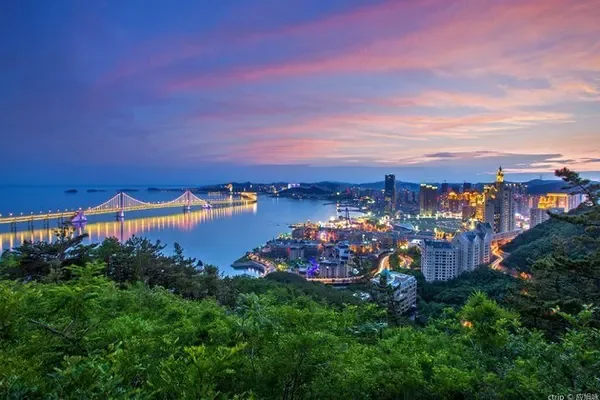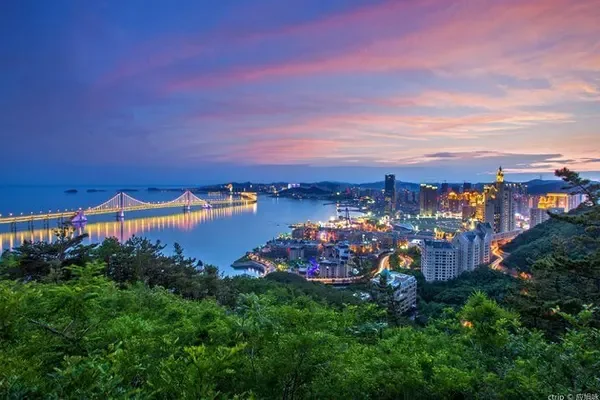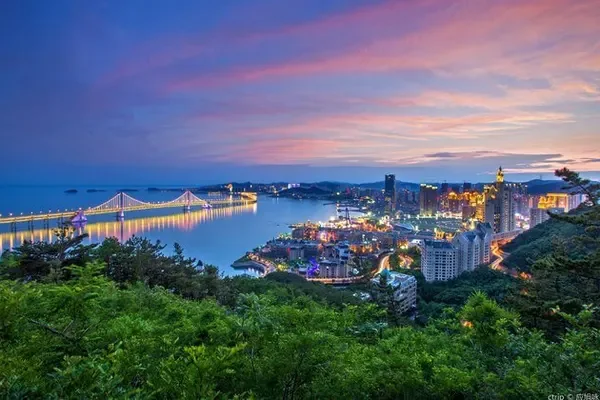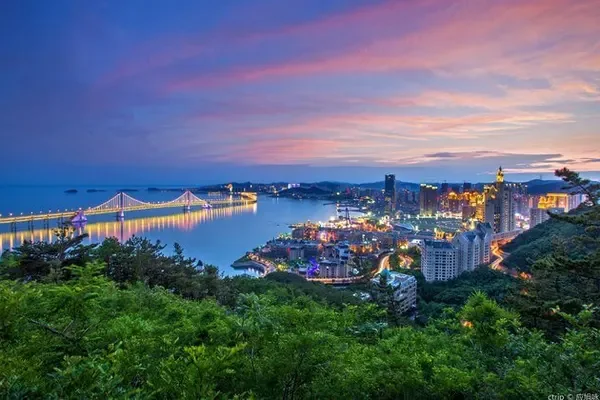Anping has a long history, profound cultural heritage, and long-standing context. It is well-known as the "Hometown of Filial Piety and Virtue". With a history of nearly 2,000 years, it is full of legends and mysteries. Speaking of Anping's eight ancient sceneries, which have a long history, let's find out today. The eight ancient sights of Anping are: Snow in Xiantai, Evening Bell in Beisi Temple, Xiaodu in Kangcun, Spring in Longjing, Qingcui in Bauhinia, Sunset in Xiaolin, Moonlit Night in Zihe, Autumn Rain in Yimen. Among them, the first scene of the Eight Ancient Scenic Spots in Anping, "Xiantai Snow" refers to the Xiaogan Shenggu Temple outside the Beiguan of the old county. Let's go to Xiaogan Shenggu Temple today!



According to legend, the Shenggu Temple was built by Liu Xiu, Emperor Guangdi of the Han Dynasty. It is famous for its rare Gaotaijian Temple in the plains, and it also attracts faithful men and women from Anping and neighboring counties to make pilgrimages for its myths and legends about the Holy Aunt Xiaogan. The reason why it is called Shenggu Temple is because there is a touching story in this land. People say that Shenggu was a native of Anping County at the end of the Zhou Dynasty. She used her heroic wisdom to save Liu Xiu, Emperor Guangwu of the Han Dynasty. His parents were never married, and were praised by later generations as saints with both loyalty and filial piety. This spirit has been passed down to this day.



Walking into Shenggu Temple, it is composed of six main buildings: archway, stele pavilion, stepping path, gate house, I-shaped hall, bedroom palace, and Guanjia Pavilion. They are arranged on an obvious central axis. The bell tower and side hall are symmetrical , which is a typical Chinese traditional temple layout. The main hall of Shenggu Temple is a "gong"-shaped building, and its unique mortise and tenon architectural style has become a wonder in the history of ancient architecture. The whole temple is majestic and sacred with gray walls and red tiles, carved beams and painted buildings. In the three halls, allusions such as the Eight Ancient Scenes of Anping, the Saint Aunt saving the car, the Saint Aunt sucking sores and saving the father are reproduced through murals and poems.



The golden statue of the saint is enshrined in the main hall. According to legend, after the holy aunt, two more filial and virtuous women appeared in Anping. Later generations praised them as the second aunt and the third aunt, and they were also admired by people. Therefore, a total of three cast bronze and gilt statues were molded in the Xiaogan Shenggu Hall. In fact, the Shenggu Temple existed in the Zhou Dynasty, and it was built in all dynasties, especially in the Yuan Dynasty, a large-scale repair was carried out, forming its current prototype. It was a pity that it was burned down by the Japanese army in 1945, but fortunately, Liang Sicheng came here in 1935 and drew a structural diagram. When the Shenggu Temple was rebuilt in 2010, it was rebuilt according to the drawings drawn by him. Now it is a cultural relic protection unit in Hebei Province. There is an endless stream of tourists who come here to visit, and they are also infected by the filial piety of the saint.



Shenggu Temple, where incense is constantly burning, there is a steady stream of people who come to pilgrimage to make wishes. There are often good men and women from surrounding cities who come to the temple to burn incense. The landmark building of the county, and adhering to the promotion of the excellent traditional Chinese culture and the promotion of filial piety, has bred generations of Anping people, and Anping people have also passed on this spirit from generation to generation!






